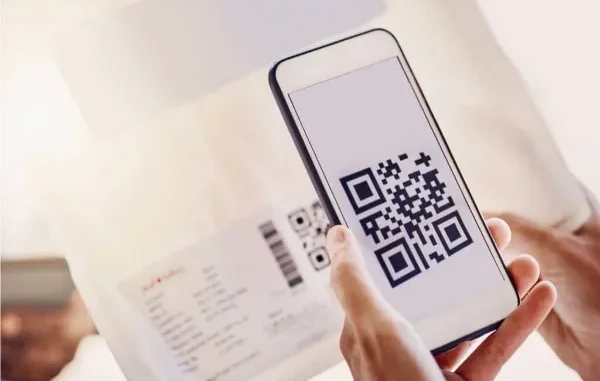
It’s easy to overlook QR codes when talking about tech innovations. They aren’t flashy. They don’t beep, spin, or glow. Yet, they’ve become an invisible thread connecting our gadgets to a world of data, payments, Wi-Fi, and more. Whether you’re pairing a smart TV or accessing device manuals, all it takes is a quick scan, and with a few taps, you can create QR code free for just about any task.
From phones to home automation gear, QR codes are doing a lot more than pointing to web pages. They’re part of how gadgets talk to us—and how we talk back.
Smart Devices Are Getting Smarter with QR Codes
Think about setting up a Wi-Fi extender, pairing a printer, or onboarding a new smart home gadget. More often than not, a QR code is part of that process. It might carry encrypted login credentials, a secure app link, or a device-specific command—all in a square no bigger than a stamp.
This shift isn’t just about convenience. It’s about compatibility. Manufacturers know that your phone has a camera and that your camera can understand a QR code. That’s a universal handshake, and it makes onboarding devices smoother across brands, apps, and platforms.
For example, ME-QR allows users to generate QR code free with added features like scan tracking, expiration dates, and password protection. These functions are especially useful when configuring devices that change ownership or have time-sensitive access needs.
One Square, Many Functions: The Real Jobs of QR Codes in Tech
We often think of QR codes as shortcuts to websites. But in the world of gadgets, they carry a much broader range of instructions and interactions. Some of these functions are nearly invisible to the user—but they power real-time connections between devices, platforms, and cloud systems.
What’s Hiding in╚ the Code?
Here’s a breakdown of the tech-focused uses you probably didn’t know were powered by QR codes:
- instant pairing link — scans that connect your phone to a Bluetooth speaker or earbuds without going through settings menus;
- firmware updater trigger — scanning a QR can prompt or schedule an update, especially useful for IoT devices;
- mobile authentication — use your phone’s camera to scan a QR on your laptop and log in without typing a password;
- data-free media sharing — devices like cameras or drones can encode small media files or encrypted links in QR codes for offline transfer;
- cross-device syncing — scan a code on your tablet from your phone to sync settings or continue an activity on another device;
- private device support access — QR codes generated to offer temporary access to diagnostics or technical support tools.
These uses are becoming more common as more manufacturers and software platforms integrate QR code compatibility directly into their products.
From Functional to Foundational
The reason QR codes work so well in tech is simple: they don’t rely on a specific platform, app, or OS. They’re device-agnostic and language-neutral. You don’t need to download an app or follow a tutorial—you just point your phone, scan, and go. That simplicity has made them a natural fit for smart homes, wearables, and even security systems.
What started as a way to track inventory has turned into a subtle but powerful connector across devices. With tools like ME-QR and other free online QR code generators, it’s easy to create QR codes that adapt to various tech needs, from configuring Wi-Fi access points to securely sharing app download links. ME-QR enhances this flexibility with features like dynamic content updates, scan analytics, and global accessibility through a multilingual interface.
In tech terms, QR codes are a low-cost, high-utility solution. And as more gadgets demand easy setup, secure handoffs, and multi-device syncing, QR codes are stepping up to quietly run the show.
QR codes might not be flashy, but they’re the glue holding together more digital experiences than we realize. Whether you’re a developer embedding a scan-to-connect feature or just trying to generate QR code free to streamline your gadget setup, this quiet technology is proving to be one of the smartest tools in modern electronics.
Leave a Reply